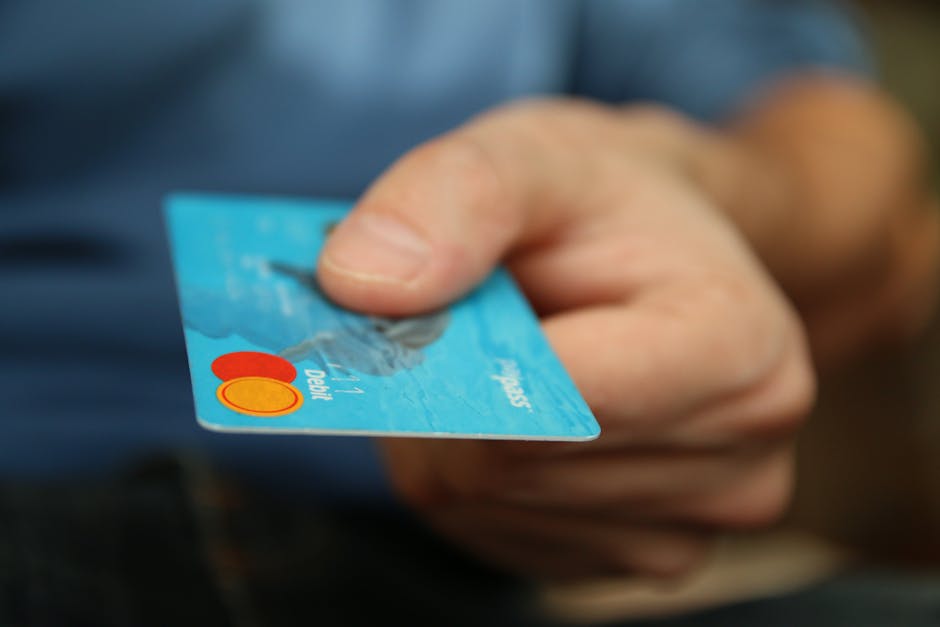Credit repair can feel like navigating a dense forest, full of confusing terms and hidden pitfalls. It can be overwhelming, especially if you're unsure where to start. For many, a less-than-perfect credit score can create a significant barrier to achieving financial goals, from securing a loan for a new car to renting an apartment. Understanding the process and taking the right steps can make a significant difference in improving your creditworthiness and opening up new opportunities.
One of the first steps in credit repair is understanding what factors influence your credit score. Payment history, amounts owed, length of credit history, new credit, and credit mix all play a role. Knowing how each factor contributes to your overall score allows you to focus your efforts on the areas that need the most attention. Free credit reports are available annually, and reviewing these reports can help you identify any inaccuracies or areas for improvement.
Once you have a clear picture of your credit report, you can begin addressing any negative items. Disputing errors, negotiating with creditors to remove late payments, and paying down outstanding debts are all effective strategies. It's important to be organized and persistent throughout this process, keeping detailed records of all communication and actions taken. Remember, credit repair takes time and consistent effort.
Developing good financial habits is crucial for maintaining a healthy credit score. Creating a budget and sticking to it can help you manage your spending and avoid accumulating unnecessary debt. Paying bills on time, every time, is one of the most important factors in building good credit. Setting up automatic payments can be a helpful tool to ensure you never miss a due date.
Another important aspect of credit repair is understanding the role of credit utilization. This refers to the percentage of available credit that you are currently using. Keeping your credit utilization low, ideally below 30%, demonstrates responsible credit management and can positively impact your score. Paying down existing balances and avoiding maxing out your credit cards are key strategies for managing credit utilization effectively.
Building a positive credit history takes time and patience. If you have limited credit history, consider secured credit cards or becoming an authorized user on someone else's account. These options can help you establish a track record of responsible credit use and improve your creditworthiness over time. Remember, consistency is key when building a positive credit history.
Avoid quick fixes or promises of instant results. Credit repair is a marathon, not a sprint. There are many scams and misleading offers out there, so it's important to be cautious and do your research. Legitimate credit repair companies will provide clear and transparent information about their services and fees. They will also empower you with the knowledge and tools to manage your credit effectively.
My own journey with credit repair was a learning experience. It required patience, persistence, and a commitment to changing my financial habits. By understanding the factors that influence credit scores, addressing negative items on my report, and developing responsible financial practices, I was able to significantly improve my creditworthiness. While the journey may seem daunting at first, the rewards of a healthy credit score are well worth the effort.

